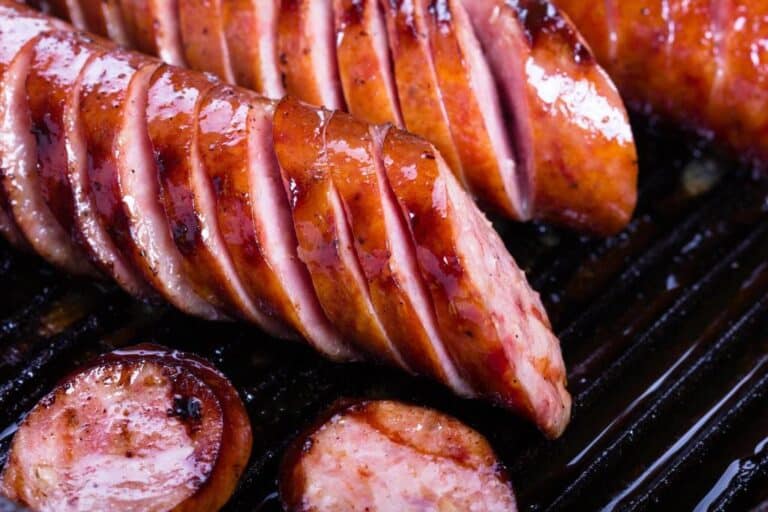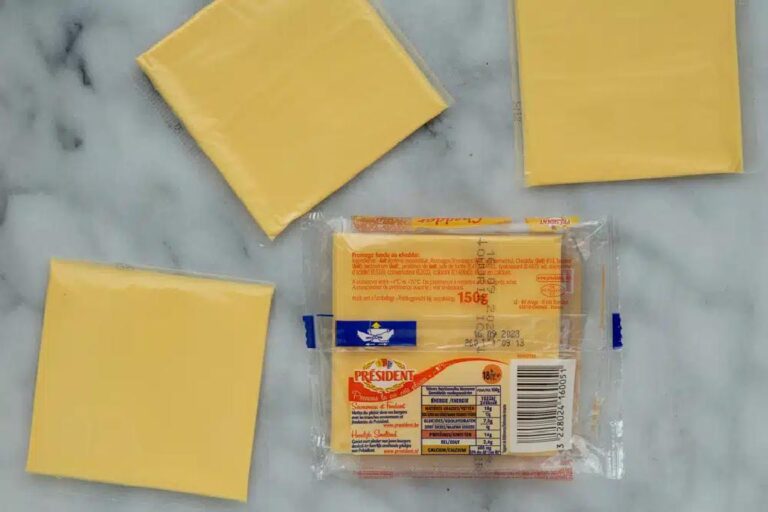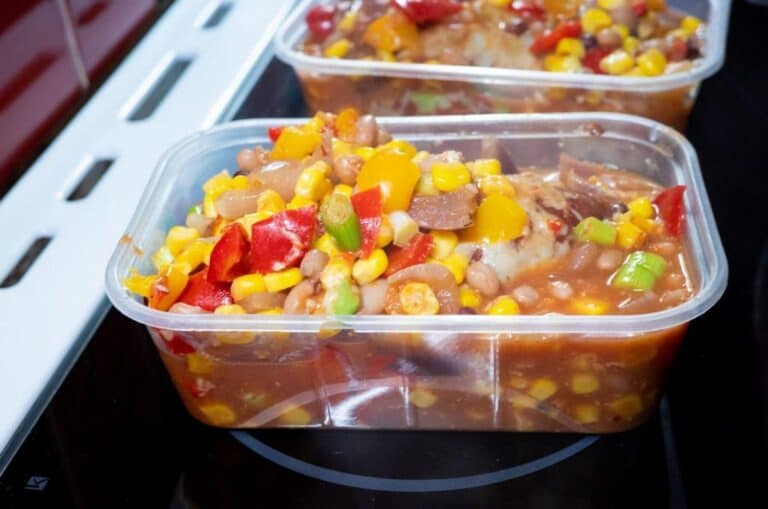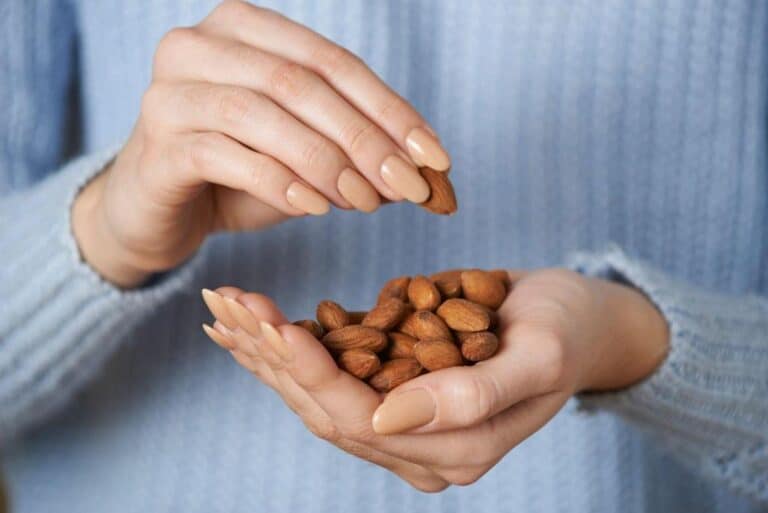Why Does My LG Fridge Water Taste Bad Like Plastic?
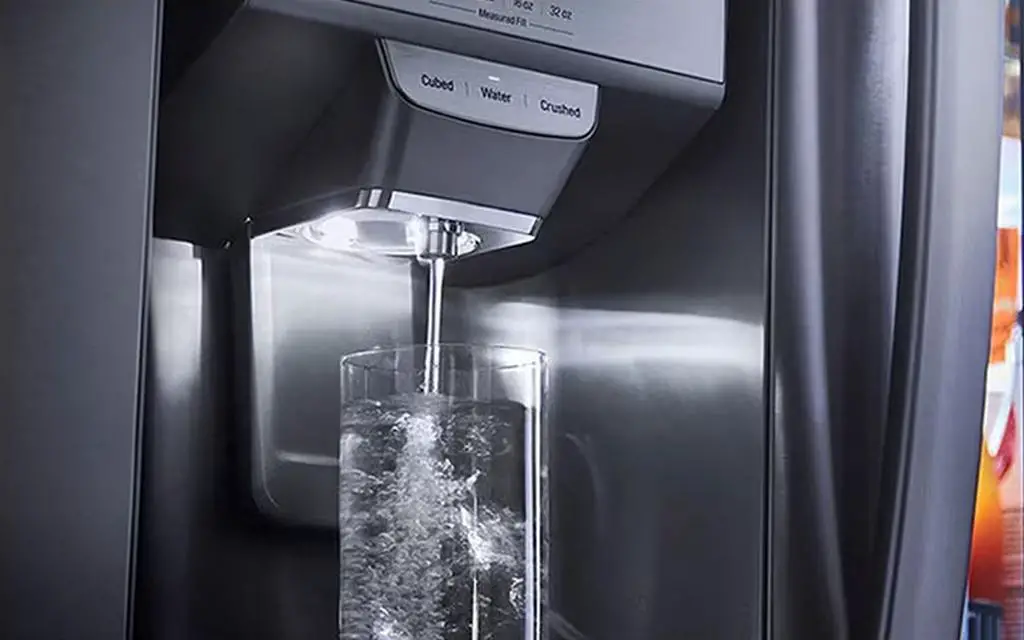
Picture this: You reach for a refreshing glass of water from your LG refrigerator, expecting a clean, crisp taste, but instead, you’re met with an unwelcome surprise: it tastes like plastic. Frustrating, right? You’re not alone.
When your LG fridge water takes on an odd, plastic-like flavor, it can be perplexing and off-putting. But don’t worry; there are reasons behind this strange phenomenon and solutions that can make your water taste pure and delightful once more.
In this article, we’ll delve into the mysteries of why your LG fridge water might taste like plastic. We’ll explore the various factors that contribute to this issue, from the fridge’s inner workings to your water supply itself. You’ll discover practical tips and tricks to tackle this problem head-on, so you can enjoy the clean, refreshing water you deserve.
Say goodbye to that plastic aftertaste, and let’s dive into the fascinating world of fridge water mysteries!
Understanding the Components of LG Fridges
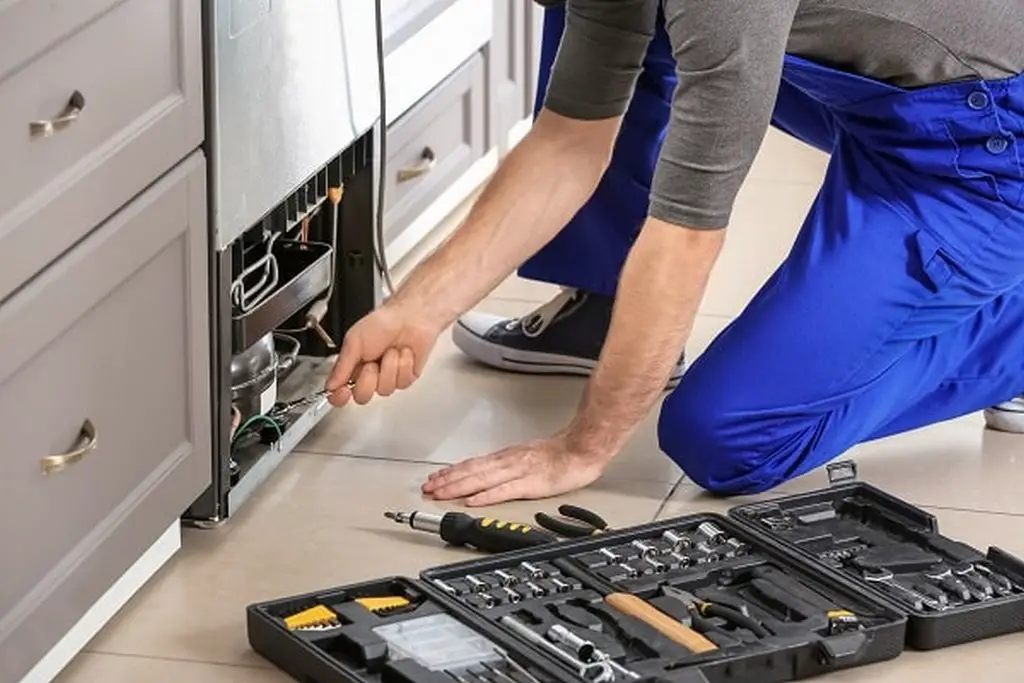
Before we dive into the reasons behind the plastic-like taste in your LG fridge water, let’s start by understanding the key components of LG refrigerators that play a role in water quality.
LG Fridge Components
| Component | Description |
| Water Reservoir | Stores a supply of water for the refrigerator’s dispenser and ice maker. |
| Water Lines | Transport water from the source to the dispenser and ice maker. |
| Water Filter | Purifies water by removing impurities and odors. |
| Dispenser and Nozzle | Responsible for delivering water to your glass. |
| Plastic Parts | Various components, including water reservoirs and tubing, can be plastic. |
Now that we have a basic understanding of these components, let’s explore why they might contribute to the plastic taste in your fridge water.
Common Causes of Bad-Tasting Water in LG Fridges
There are several common culprits when it comes to that unpleasant plastic-like taste in your LG fridge water. Let’s take a closer look at each of them:
1. New Fridge Smell and Taste
When you first start using a new LG refrigerator, it may have a distinct “new” smell and taste. This can include plastic or chemical-like flavors. These odors and tastes can leach into the water supply system and affect water quality.
Solution:
- Flush the Water System: Dispense and discard several gallons of water to flush out any residual odors or flavors.
- Clean the Interior: Use a mixture of mild soap and water to clean the fridge’s interior, including the water reservoir and water lines.
- Replace the Water Filter: Follow the manufacturer’s recommendation for replacing the water filter to improve water quality.
2. Plastic Water Lines
Many LG refrigerators come equipped with plastic water lines that connect to the water supply. Over time, these plastic lines can absorb odors and flavors, leading to a plastic-like taste in the water.
Solution:
Consider replacing the plastic water lines with copper or stainless steel lines, which are less likely to absorb odors and flavors.
3. Contaminated Water Supply
Sometimes, the problem may not originate from your fridge but from the water supply itself. The taste and quality of the water your refrigerator dispenses may suffer if your tap water has impurities or contaminants in it.
Solution:
Install a water filtration system at the source of your tap water to remove contaminants such as chlorine, sediment, and bad odors, resulting in cleaner and better-tasting water.
4. Dirty Water Reservoir or Dispenser
The water reservoir and dispenser in your LG fridge can accumulate dirt, bacteria, and mineral deposits over time. This buildup can lead to an unpleasant taste in the water.
Solution:
Regularly clean and sanitize the water reservoir and dispenser. Use a mixture of vinegar and water to remove mineral deposits and disinfect the components. Rinse thoroughly afterward.
5. Old or Expired Water Filter
If your LG refrigerator is equipped with a water filter, it’s essential to replace it regularly. Over time, these filters can become clogged and less effective at removing impurities, resulting in a plastic-like taste in the water.
Solution:
Refer to your refrigerator’s user manual to determine the recommended replacement schedule for the water filter. Typically, it’s advisable to replace the filter every six months or as specified by the manufacturer.
Evaluating Water Quality in LG Fridges
To pinpoint the exact cause of the plastic taste in your LG fridge water, it’s essential to evaluate the water quality. Here’s how you can do it:
1. Taste and Odor Test
Take a moment to describe the taste and odor of the water. Does it truly resemble plastic, or is there another undertone that might offer clues to the issue? Identifying specific characteristics can help narrow down the problem.
2. Water Source Analysis
Consider the source of the water supplied to your refrigerator. Is it tap water from a municipal source, well water, or another water supply? Different sources may have varying levels of impurities.
3. Check the Water Filter
Inspect the status of your refrigerator’s water filter. Is it old and overdue for replacement, or is it relatively new? An expired filter can lead to poor water quality.
Read: Why Does Bottled Water Taste Bitter?
Replacing and Maintaining Water Filters
In order to ensure that the water your LG fridge dispenses is clean and flavorless, water filters are essential. Here’s how to replace and maintain them:
1. Locate the Filter
The location of the water filter varies depending on your LG fridge model. Consult your user manual to find the filter’s location.
2. Purchase a Replacement
Purchase a replacement water filter that is compatible with your refrigerator model. OEM (Original Equipment Manufacturer) filters are recommended for optimal performance.
3. Replace the Filter
Follow these steps to replace the water filter:
- Turn off the water supply to the fridge.
- Release the old filter by turning it counterclockwise.
- Insert the new filter and turn it clockwise until it locks into place.
- Turn the water supply back on.
- Run a few gallons of water through the dispenser to flush the new filter.
4. Set a Replacement Schedule
To ensure consistent water quality, set a replacement schedule for your water filter. Most manufacturers recommend replacing the filter every six months, but it may vary based on usage and water quality.
Also check out: ABS Plastic vs. Food Grade Plastic: What’s the Difference?
Cleaning and Maintenance of Plastic Components
The plastic components in your LG fridge can contribute to the plastic-like taste in your water. Here’s how to clean and maintain them:
1. Cleaning the Water Reservoir
Regularly clean the water reservoir to prevent the buildup of contaminants. Follow these steps:
- Empty the water reservoir.
- Mix a solution of equal parts water and vinegar.
- Fill the reservoir of refrigerator with the apple cider vinegar solution.
- Let it sit for a few minutes.
- Rinse the reservoir thoroughly with clean water.
2. Cleaning the Water Lines
Cleaning the water lines can help eliminate any lingering plastic taste. Follow these steps:
- Disconnect the water supply to the fridge.
- Remove the water lines.
- Soak the lines in a vinegar-water solution.
- Rinse the lines thoroughly.
- Reconnect the water supply.
3. Cleaning the Dispenser and Nozzle
Clean the dispenser and nozzle regularly to prevent the buildup of residue. Follow these steps:
- Remove the dispenser nozzle.
- Soak it in a vinegar-water solution.
- Scrub away any residue.
- Rinse the nozzle thoroughly.
Reattach the cleaned nozzle to the dispenser.
4. Routine Cleaning of Interior
Maintaining a clean interior is vital to preventing odors and flavors from affecting your water. Follow these steps:
- Empty the fridge and remove any expired or spoiled food items.
- Use a mixture of mild soap and water to clean the interior surfaces, including shelves, drawers, and the water reservoir.
- Pay close attention to any plastic components, as they may be prone to absorbing odors.
- Rinse thoroughly to remove any soap residue.
- Wipe down all surfaces with a clean, damp cloth to ensure no cleaning agents remain.
5. Deodorizing the Fridge
To remove any lingering odors that may be impacting the taste of your water, consider these deodorizing methods:
- Place an open box of baking soda or activated charcoal in the fridge to absorb odors.
- Utilize commercial fridge deodorizers specifically designed to neutralize unwanted smells.
- Regularly check for spoiled or expired food items and promptly discard them.
Conclusion
Understanding why your LG fridge water tastes like plastic is the first step towards enjoying clean and refreshing water once more. By examining the components of your refrigerator, identifying common causes of bad-tasting water, evaluating water quality, and implementing maintenance and cleaning routines, you can eliminate the plastic-like taste and savor the pure, delightful water your LG fridge was designed to provide.
Remember that regular maintenance and proper cleaning are crucial to maintaining the quality of your fridge’s water supply. With these practical solutions at your disposal, you can bid farewell to that unpleasant plastic aftertaste and look forward to hydrating with confidence. Cheers to enjoying the best from your LG refrigerator!
FAQs on Water Taste Bad like Plastic in LG Fridge
How often should I replace the water filter in my LG fridge?
It’s typically recommended to replace your LG fridge’s water filter every six months. However, the frequency may vary based on usage and water quality. Refer to your refrigerator’s user manual for specific guidelines.
Can plastic components in the fridge really affect the taste?
Yes, plastic components in your LG fridge, such as water reservoirs and tubing, can absorb odors and flavors, which may result in a plastic-like taste in the water.
Are there any home remedies to improve the taste of water from an LG fridge?
Flushing the water system, cleaning plastic components, and using a fresh water filter are effective home remedies to improve the taste of fridge water.
What are the signs of bacterial contamination in fridge water?
Signs of bacterial contamination may include a foul odor, cloudiness, or an unusual taste in the water. If you suspect contamination, consider testing the water for bacteria.
Which LG refrigerator models are less likely to have water taste issues?
LG refrigerator models with advanced water filtration systems and stainless steel water lines are less likely to have water taste issues compared to older models with plastic components.
Is it normal for my LG fridge water to initially taste like plastic?
Yes, initially, a new fridge may have a plastic-like taste due to manufacturing residues. Regularly flushing the water system can help eliminate this taste.
Can using third-party water filters affect the taste of the water?
Yes, using non-OEM (Original Equipment Manufacturer) water filters can impact water quality and taste. It’s advisable to use manufacturer-recommended filters for optimal performance.
What are some potential health risks associated with consuming water that tastes like plastic?
Drinking water that tastes like plastic may not pose immediate health risks, but it can be unappetizing. Prolonged exposure to certain plastics may have health concerns, so addressing the taste issue is essential.


